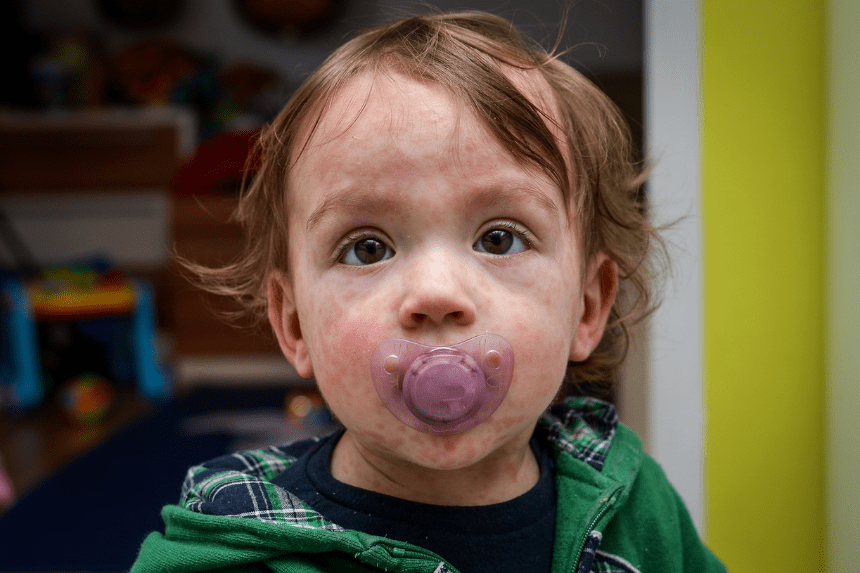Morgan Birch’s four-month-old daughter, Kimie, suddenly developed a fever and rash. Initially, Morgan thought it was a vaccine reaction or chickenpox. But her grandmother recognised the symptoms right away. “That’s measles,” she said. Lab tests later confirmed it. Kimie likely caught the virus during a hospital visit in Edmonton weeks earlier. This case is part of the Canada measles outbreak affecting over 3,800 people in 2025, mostly children. Despite a smaller population, Canada has nearly three times the US measles cases this year.
Why Is the Canadian Measles Outbreak Worse Than in the US?
The Canada measles outbreak has puzzled experts. In the US, public vaccine hesitancy linked to prominent politicians partially explains rising cases. Canada lacks such a figure. Maxwell Smith, a public health researcher at Western University, suggests other factors contribute to the situation. The virus spreads rapidly due to lower vaccination rates in specific communities. Alberta and Ontario, where the outbreak is most severe, have unique social dynamics that increase vulnerability. Here is the link to our article on the Canada Housing Crisis
How Did Measles Spread in Canada?
Ontario’s outbreak began at a Mennonite gathering in New Brunswick in late 2024. Mennonites, some of whom avoid vaccines due to cultural or religious reasons, form a significant part of the affected population. Public Health Ontario data shows nearly all infected individuals were unvaccinated. Healthcare worker Catalina Friesen recalled seeing measles for the first time in her mobile clinic serving these communities. Alberta has since become the new hotspot, with officials struggling to track the origin of the outbreak. Misinformation about vaccines and a historical distrust of the healthcare system aggravate the rapid spread.
What Role Does Vaccine Hesitancy Play?
The Canadian measles outbreak primarily stems from low vaccination rates. Janna Shapiro, from the University of Toronto, emphasises that outbreaks persist when enough people remain unvaccinated. Since the COVID-19 pandemic, vaccination rates have dropped. In southern Alberta, MMR vaccine uptake fell by nearly half between 2019 and 2024. Pandemic protests and mandates further fuelled hesitancy. During pandemic disruptions, many families also delayed routine immunisations. Here is the link to our article on Canada-US relations.
How Are Authorities Responding to the Outbreak?
In response, Alberta has lowered the age for the measles vaccine to increase coverage. Public health agencies nationwide have launched awareness campaigns. However, officials report that the public response is less engaged compared to COVID-19 vaccination efforts. Kimie’s condition is getting better in the interim, but she is still being watched closely by a doctor in case anything goes wrong. Her mother urges others to vaccinate and protect vulnerable populations.
Final Thoughts
The Canada measles outbreak illustrates the urgent need for enhanced vaccination efforts and improved community education. It demonstrates how rapidly measles can resurface when public health measures weaken. This Canadian measles outbreak serves as a clear reminder that maintaining high vaccination rates is essential. Without widespread vaccination, future outbreaks are likely to occur. Strengthening public awareness and access to vaccines is vital for safeguarding health across Canada.








